Sensors, Transducers(18245)
What Are Sensors?
Sensors are ingenious devices that can sense and respond to various physical changes in their surroundings. They are like your own personal Sherlock Holmes, always on the lookout for clues!
How Do Sensors Work?
Imagine you're scrolling through your phone, and it suddenly flips from portrait to landscape mode when you tilt it. That's your phone's accelerometer at work, a type of sensor. It detects the change in orientation and tells your phone to adjust the screen accordingly. Sensors typically work by converting physical inputs, like motion, light, or temperature, into electrical signals that your gadgets can understand and act upon.
Types of Sensors
Sensors come in all shapes and sizes, each with its unique superpower. Here are some of the most common types:
Proximity Sensors: Ever noticed how your phone screen turns off during a call when it's close to your ear? Proximity sensors do that. They detect when an object is near and adjust your device's behavior accordingly.
Light Sensors: Your phone's brightness adapting to your surroundings? That's the magic of light sensors. They measure the ambient light and tweak your screen's brightness to make it just right.
Temperature Sensors: From weather forecasts to your home thermostat, temperature sensors are everywhere. They keep things cool, literally, by measuring temperature changes.
Pressure Sensors: These sensors gauge force or pressure changes. They're the reason your touchscreen phone responds to your gentle touch.
Motion Sensors: These detect movement. Your gaming controller and security systems rely on them to respond to your actions.
What Are Transducers
Transducers are the ultimate transformers of the electronic world, but they have nothing to do with Autobots. Instead, they convert one form of energy into another. Think of them as the chameleons of electronics, seamlessly switching from one role to another!
How Do Transducers Work?
Let's talk about microphones. When you speak into one, your voice isn't magically transported to your friend's phone. Instead, your voice is converted into electrical signals by the microphone. These electrical signals can then be transmitted, amplified, and converted back into sound at the other end. That's the magic of transducers.
Types of Transducers
Just like sensors, transducers come in various flavors, depending on their conversion prowess:
Piezoelectric Transducers: These are your go-to for generating electricity from mechanical stress, like in guitar pickups or even those fancy self-powered watches that don't need batteries.
Optical Transducers: Ever heard of fiber optics? Optical transducers use light to transmit data over long distances. They're the backbone of modern communication.
Thermoelectric Transducers: They can convert heat into electricity. Your car's exhaust system often employs them to harness wasted heat energy and improve fuel efficiency.
Electromagnetic Transducers: These are the wizards behind your speaker's magic. They convert electrical signals into sound waves.
Pressure Transducers: Ever seen those pressure gauges in your car's dashboard? They use pressure transducers to measure tire pressure and keep you safe on the road.
Top Sensors Manufacturers
Texas Instruments: A household name in electronics, Texas Instruments offers a wide range of sensors, from motion detectors to environmental sensors.
STMicroelectronics: Known for their innovation, STMicroelectronics produces high-quality sensors used in smartphones, wearables, and automotive applications.
Honeywell: With decades of experience, Honeywell specializes in making sensors for industrial and aerospace applications, ensuring precision and reliability.
Top Transducers Manufacturers
Panasonic: Panasonic is a leader in the transducer industry, with a diverse portfolio that includes speakers, microphones, and ultrasonic transducers.
Murata Manufacturing: Renowned for their piezoelectric transducers, Murata Manufacturing plays a vital role in powering various electronic devices.
TE Connectivity: TE Connectivity excels in producing pressure transducers and sensors for automotive and industrial applications.
Frequently Asked Questions
Q1: Are sensors and transducers the same thing?
A: Nope, they're not! Sensors detect and respond to physical changes, while transducers convert energy from one form to another.
Q2: What's the difference between analog and digital sensors?
A: Analog sensors provide a continuous range of data, while digital sensors offer discrete, specific values.
Q3: Can I generate electricity at home using piezoelectric transducers?
A: Yes, you can! Some DIY enthusiasts use piezoelectric transducers to generate small amounts of electricity from vibrations or pressure.
Q4: What's the most common application of optical transducers?
A: Optical transducers are widely used in telecommunications, including fiber optic networks for high-speed internet and phone connections.
Q5: Are thermoelectric transducers eco-friendly?
A: Yes, they can be! Thermoelectric transducers can help reduce energy waste by converting heat into electricity.
Popular Manufacturers
View all manufactures MorePopular Parts Number
More Electronic Parts More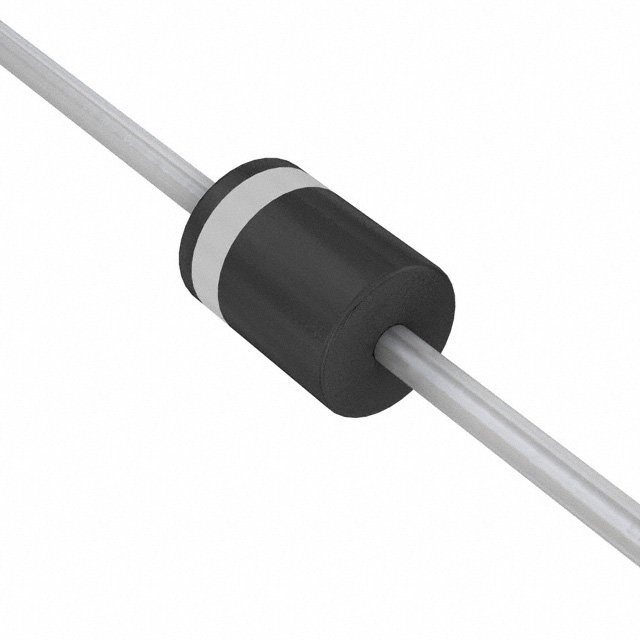
5KP36A-E3/54
TVS DIODE 36VWM 58.1VC P600
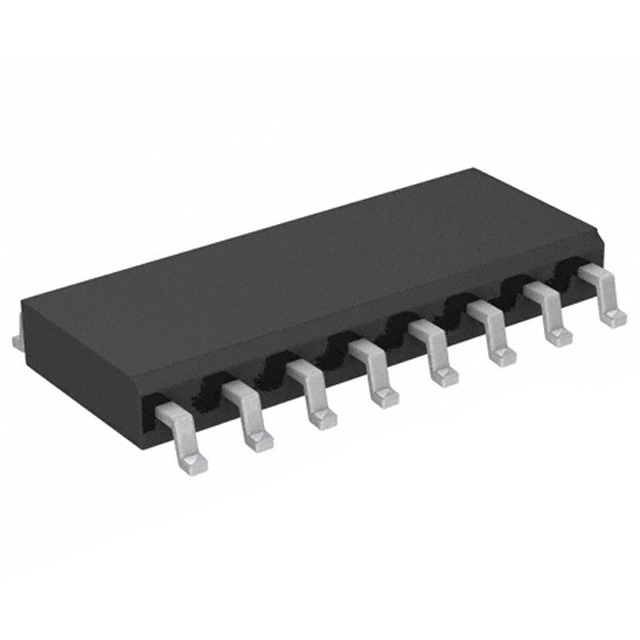
SY100EL57LZC
IC MULTIPLEXER 4 X 2:1 16SOIC

LM3710XKBP-463
IC SUPERVISOR 1 CHANNEL 9USMD
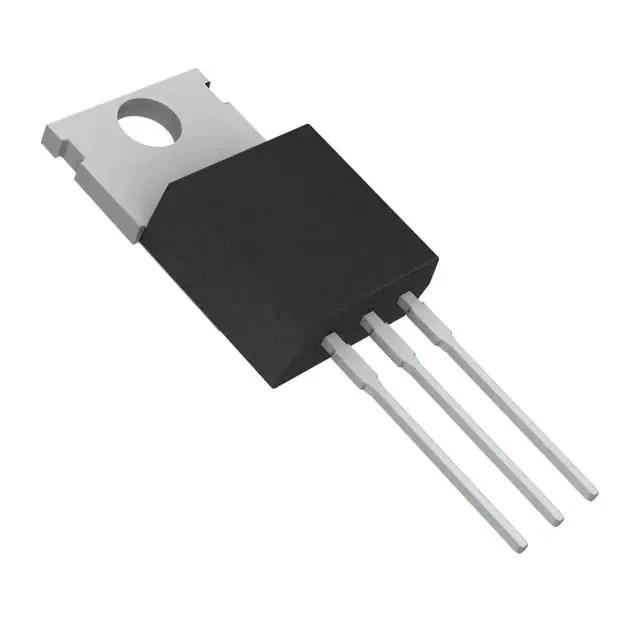
IRG4BC30FPBF
IRG4BC30F - 600V FAST 1-8 KHZ DI
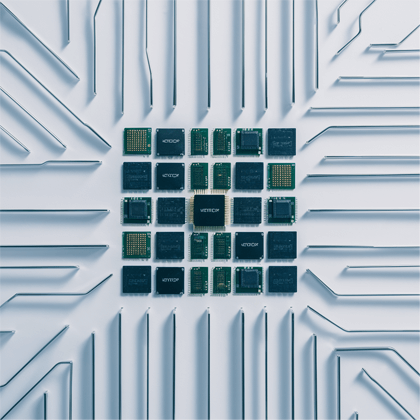
5962-9958302QPA
PWM CONTROLLER WITH WIDE INPUT R
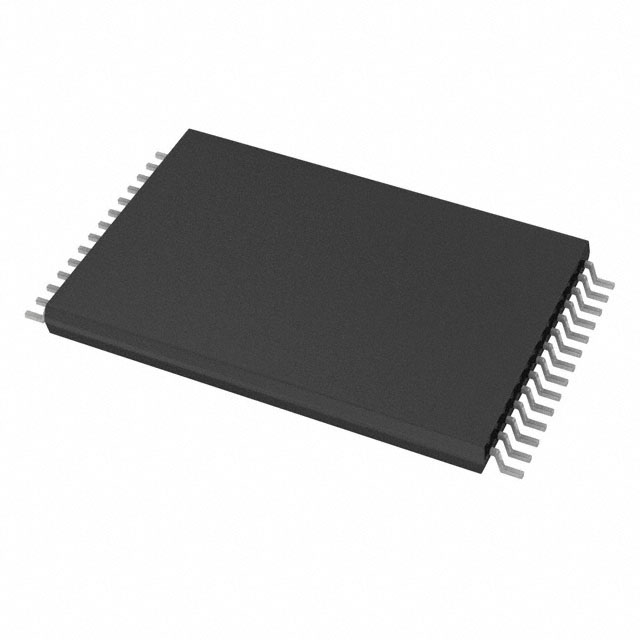
AT29LV256-15TC
IC FLASH 256KBIT PARALLEL 28TSOP

MSA00022PWR
PROTOTYPE
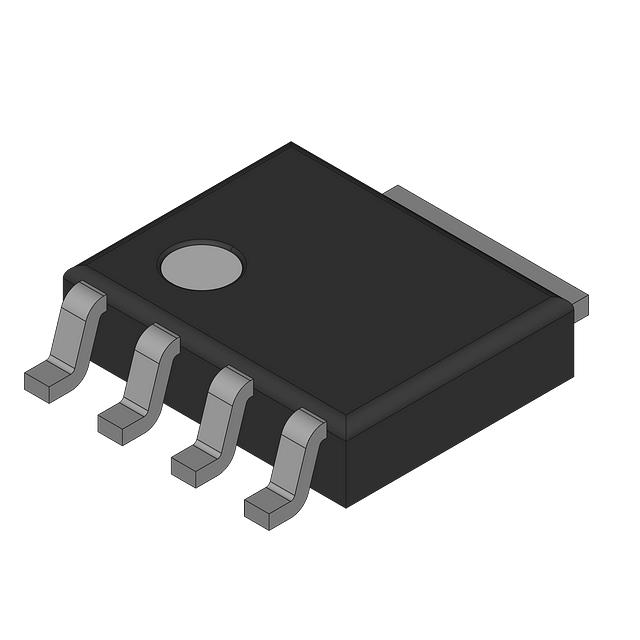
PSMN014-80YLX
PSMN014-80YL - N-CHANNEL 80V, 14
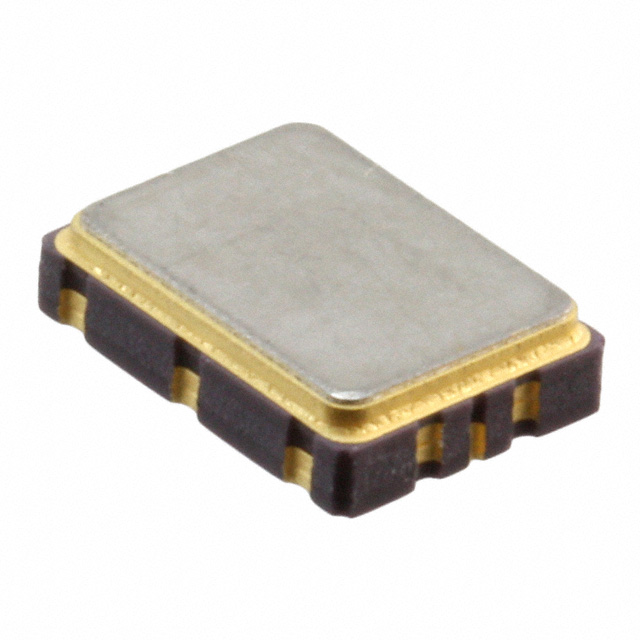
570ACA000732DG
XTAL OSC XO 10.0000MHZ LVPECL
.jpg)
RC3225F1580CS
RES 158 OHM 1% 1/3W 1210






























